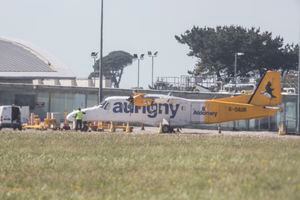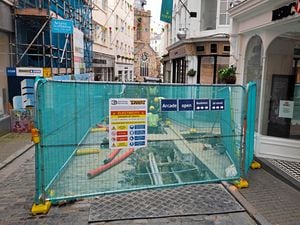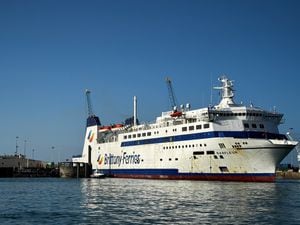Most quarantine exemptions for essential transport personnel
AIRCRAFT pilots, ferry staff and other essential transport personnel have made up nearly two-thirds of all quarantine exemptions granted by the States – with healthcare staff the next biggest group.

Four months’ figures – July to October – have been published, detailing how many exemptions have been granted and the reasons.
Each application is considered based on whether the person is a critical worker. If approved, the individual does not have to undergo 14 days’ quarantine on arrival.
In total, 1,909 exemptions have been granted over the four months, with September being the busiest, at 602.
Of these, 61% – 1,175 – were for individuals directly involved in maintaining the islands’ air and sea links. But the majority – 995 – relate to the crew on the cargo boats who do not come ashore when their vessel is in Guernsey or Guernsey-based fishermen landing their catches in France without going ashore from their vessels.
Frontline health and care services – those individuals providing, or directly facilitating, critical front line health and care services – made up the second biggest section of the exemptions, with 338 – or 17% – of the total.
Individuals providing financial stability to the Bailiwick saw the smallest number of exemptions, with just one over the four months.
Other areas that were granted exemptions include those for people helping to maintain and protect the island’s critical national infrastructure (115), individuals delivering emergency services or the administration of justice (17), education professionals (11), people involved with business continuity and/or business recovery (212) and technical contractors (49).
The exemption figures are separate from the business tunnel numbers.
The latter allowed business people to visit the island under specific restrictions on a day return.
However, that system has now been suspended due to rising Covid cases in other nearby jurisdictions.
Fewer than 100 people used the tunnels when they were in place.





